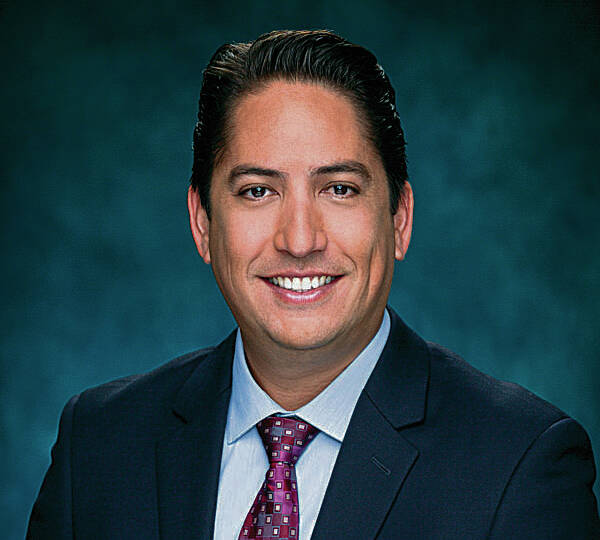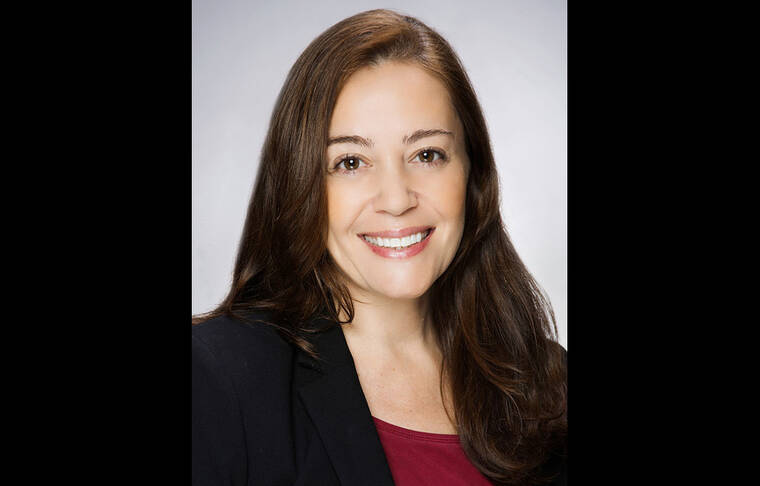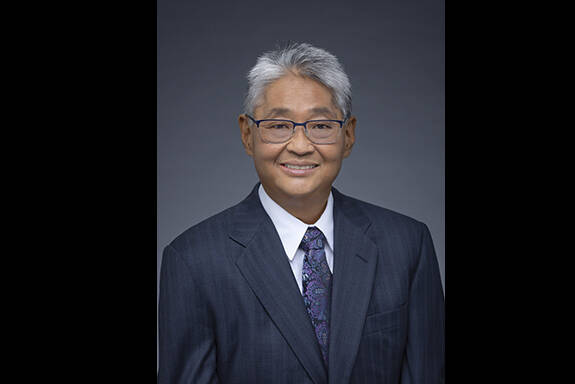A bill that would make it a violation of the coffee labeling law to use a Hawaii geographic origin in labeling or advertising for roasted coffee, instant coffee, or ready-to-drink coffee beverage blends that contain less than 51% coffee by weight from that geographic origin passed through Conference Committee and is headed for a final reading before being sent to Gov. Josh Green for his signature.
House Bill 2298 originally called for phasing in the percentage of regional coffee to 25% by July 1, 50% by 2025, 75% by 2026 and 100% by 2027.
However, in March, House Committee on Consumer Protection and Commerce Chair Rep. Mark Nakashima recommended amending the bill to modify the schedule for the increase in coffee percentages and change responsibility from the retailer to the wholesaler so wholesalers are able to provide 20% blend until June 30, 2027, 25% blend until 2030 and after 2033 sell only 50% blend.
The bill, introduced by Rep. Nicole Lowen, came on the heels of Act 222 in 2022 which required an independent study to assess the economic impact of Hawaii’s coffee labeling laws on local coffee farmers and the industry.
Guild Consulting of Honolulu was awarded the $100,000 contract to conduct the study, and on Jan. 18, the DOA submitted the final report on “Economic Study on Changes in Coffee Labeling Law.”
The report highlighted that increasing the minimum amount of Kona coffee from 10% to either 51% or 100% would be advantageous for local farmers, with a higher increase providing the most benefit. Additionally, the report anticipated that proposed labeling changes could result in a price increase for Kona coffee while seeing minimal impact on quantities grown or sold.
Once the bill crossed over to the Senate, it was amended back to its original version and advanced into conference. The Conference Committee once again amended the bill. On Tuesday, Nakashima proposed going to 51% in two years and at that point perform a market study to see how the percentage increase changes the coffee demand and make a determination on it to continue with the escalating increases.
After discussion, the committee agreed to the final draft of the bill, deleting the timeline that phased in the minimum percentage of coffee by weight from a Hawaii geographic origin to a minimum of 100% by July 1, 2027.
The bill will continue the existing statutory minimum of 10% of coffee by weight through June 30, 2027, and, beginning July 1, 2027, increasing the minimum percentage to 51% of coffee by weight when using a Hawaii geographic origin in labeling or advertising for roasted coffee, instant coffee, or ready-to-drink coffee beverages. The changes, if passed by the full legislature and signed by the governor, would take effect on July 1, 2024.
“This is a huge win,” said Lowen. “Of course 100% would be even better, but getting to 51% is the first movement there’s been in more than three decades so I think taking a moment to celebrate that is in order.”
Lowen thanked fellow legislators Senators Dru Kanuha and Tim Richards and Representatives Kirstin Kahaloa and Jeanne Kapela for their support of the bill.
“This really was a joint effort,” she said.
Kanuha was also grateful for the bill’s advancement.
“After years of tireless advocacy from local farmers and other stakeholders, I am delighted to have worked towards the passage of HB2298 this week,” he said. “This legislation marks a significant step in safeguarding the authenticity and prestige of Hawaii-grown coffees, particularly those cultivated in the revered Kona and Ka’u regions. Mandating that coffee blends labeled as ‘Kona’ or from other Hawaiian regions must comprise at least 51% locally sourced coffee by weight is a pragmatic policy change that bolsters support for our farmers, boosts tax revenues, and preserves brand integrity. Huge mahalo to the Hawaii Island delegation, especially Rep. Lowen, Rep. Kahaloa, and Senator Richards, for their steadfast dedication in ensuring the alignment of the Senate and House on this critical initiative.”
Coffee farmer Bruce Corker said although far less favorable to farmers than the original draft of the bill, the conference committee’s draft is a step in the right direction. However, he has significant concerns with the latest version of the bill.
“After 33 years of having Hawaii law permit the use of regional names like Kona on packages containing 90% inexpensive foreign-grown coffee, the bill gives blenders 3 more years to market 10% blends, to deceive consumers, and to damage the economic interests of Hawaii coffee farmers,” he said. “While other states protect their specialty crop farmers with 100% requirements, why is Hawaii limiting protection of its coffee farmers to 51%? Despite these concerns, if the 51% requirement becomes effective on July 1, 2027, Hawaii will be making a step in the right direction — with benefits for both consumers and farmers.”












I know our West Hawaii elected officials have done their very best to persuade a majority of their House/Senate colleagues to tighten up and stop the farce and rip-off of the Kona ID for coffee origin, and so I recognize that a 3-year phase in of a stepped-up percentage requirement is the best that could be accomplished via either the House or Senate. But I will say, besides “mahalo” to our reps for getting some improvement here, that we citizens of Hawaii should continue to vociferously demand that our place names of origin of ANY products in our State of Hawaii must be 100% content or nothing. Even 51% is ridiculous. Think of it this way: You want to buy “Sea Salt,” because you think it’s better than ordinary salt (and it could be), so you go to the store and one brand’s label says “Sea Salt Blend” and when you read the label it says, “51% sea salt, 49% salt.” Next to it on the shelf is another brand with 100% “Sea Salt.” Would you be a little confused? Wouldn’t think a “Sea Salt Blend” is a blend of only “Sea Salts”? So it is with “Kona Blend Coffee.” That term should be only for blends of Kona-origin coffee, nothing else!